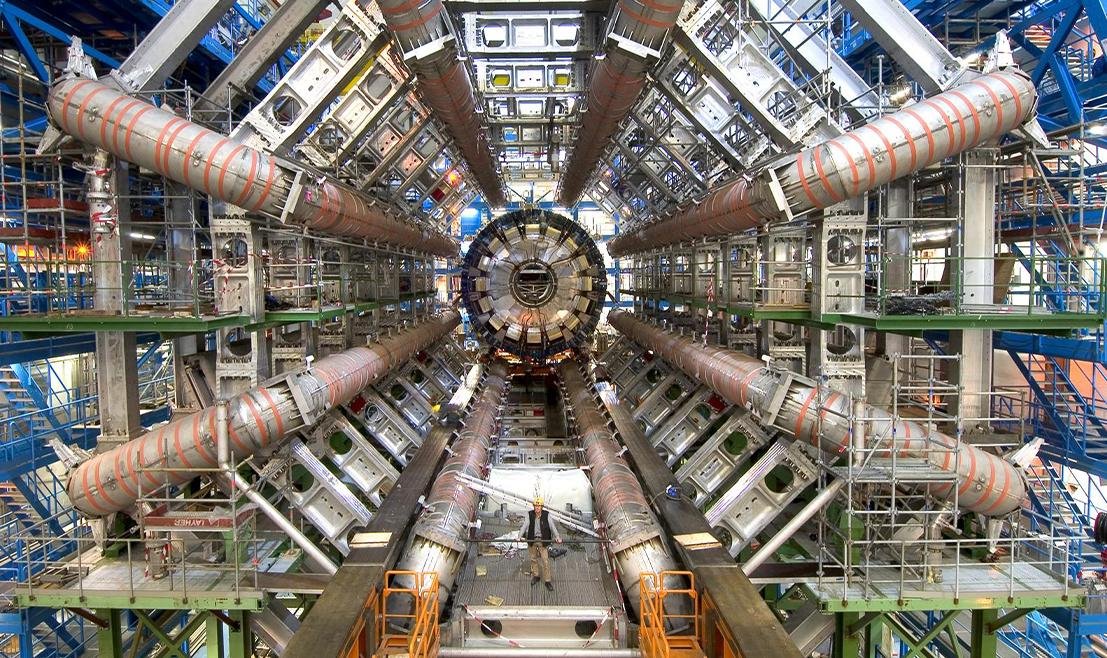After about three years of maintenance, particle accelerator The European Center for Nuclear Research (CERN)’s LHC (Large Hadron Collision) will be reactivated to observe and understand more unknowns in the universe. Habout 10 years ago, CERN discovered the particle Higgs BosonIt is an important milestone for quantum physics.
The Higgs boson is a subatomic particle that arose after the big bang and was responsible for creating life as we know it. By reactivating the collider, scientists can find more information about the mysterious dark matter and discover other new information about the “building blocks of life.”
This Tuesday (5th),The stable beams reached maximum levels, allowing scientists to collect physical data for the first time in years.. The LHC will remain open for the next four years until the next round of maintenance and upgrades arrives.
The LHC is located underground near Geneva, Switzerland, where more than 12,000 scientists are researching the universe and trying to discover new subatomic particles. In total, CERN consists of 23 member states and 7 associate members.
In 2021, Brazil was selected as an associate member and gained strength to expand its activities in the institution’s laboratories.
“The Higgs was a kind of Holy Grail. But now we have the next Holy Grail – this, dark matter“, said Rende Steerenberg, head of the operations group of the beam division at CERN.
How does the LHC work?
The LHC collider uses superconducting magnets that accelerate proton beams and other particles to nearly the speed of light in a circular structure 27 kilometers long. Therefore, scientists use different tools to analyze showers of particles formed during energy collisions.
According to University of Chicago physicist and CERN employee David Miller, magnets, injectors, detectors, and data acquisition systems were all overhauled during the years of maintenance. “This will lead to improvements in our sensitivity to new physics, or our ability to more accurately measure all of old physics,” Miller said. Wall Street Journal.
In late April 2022, proton beams began circulating at low energy levels, but scientists need to gradually increase the energy of the beams so that no problems arise. According to Steerenberg, the process of starting the LHC is a bit like launching a rocket.
Source: Tec Mundo
I am Bret Jackson, a professional journalist and author for Gadget Onus, where I specialize in writing about the gaming industry. With over 6 years of experience in my field, I have built up an extensive portfolio that ranges from reviews to interviews with top figures within the industry. My work has been featured on various news sites, providing readers with insightful analysis regarding the current state of gaming culture.












